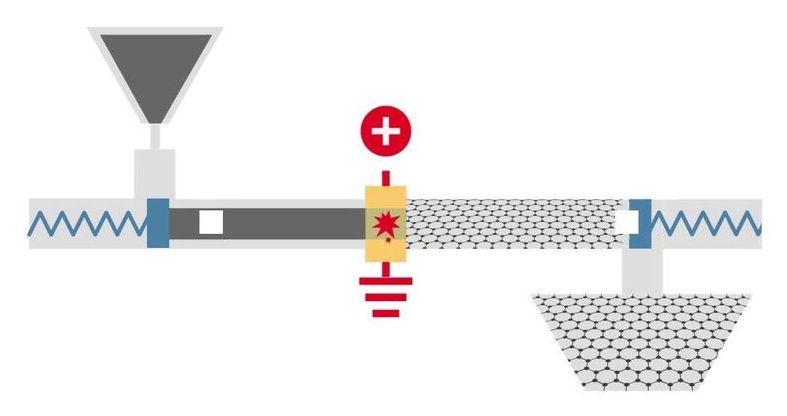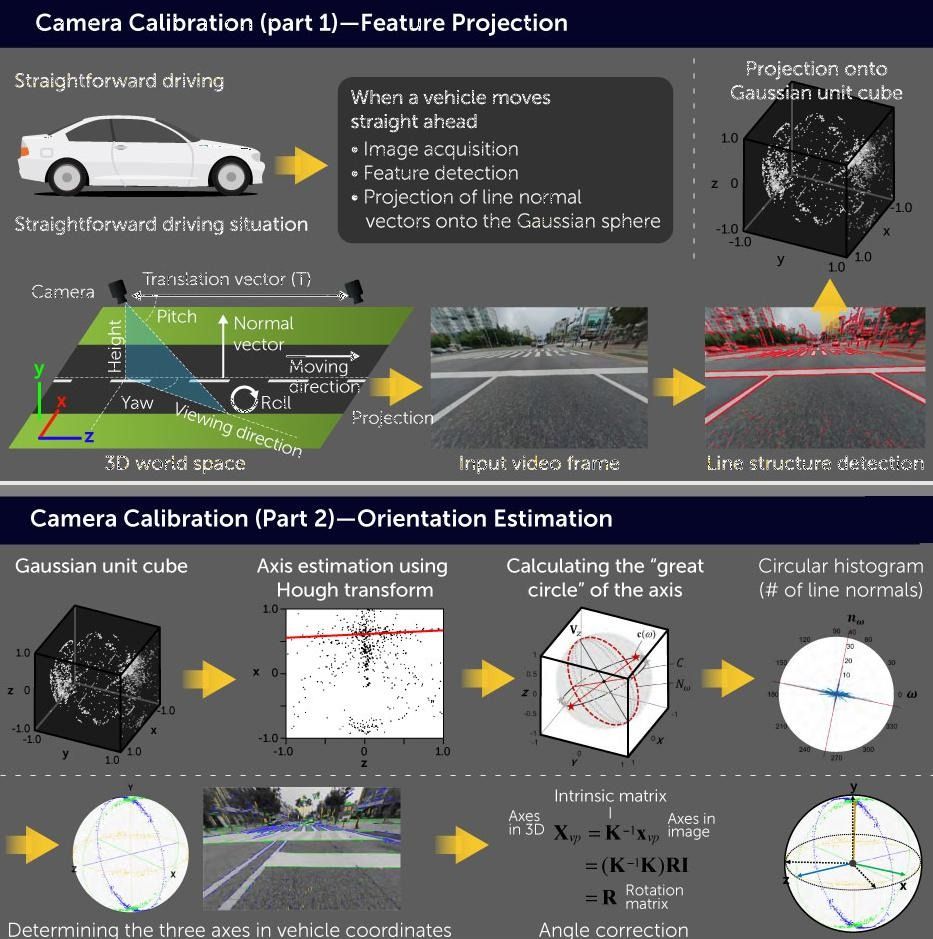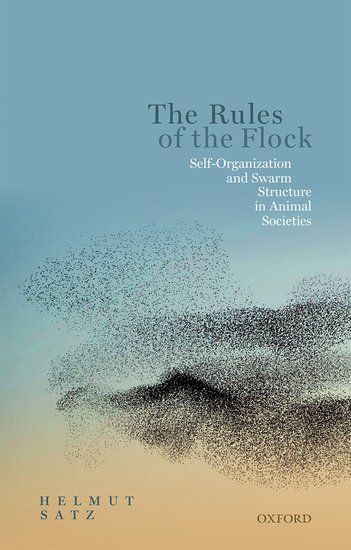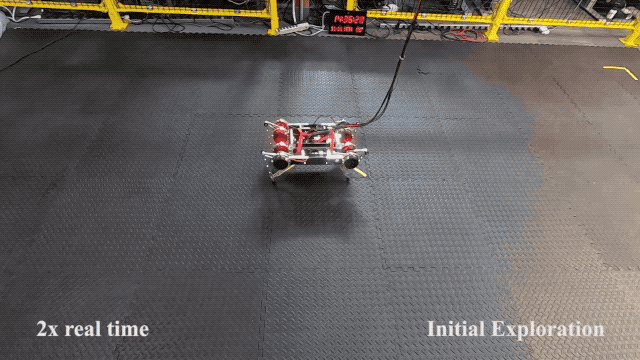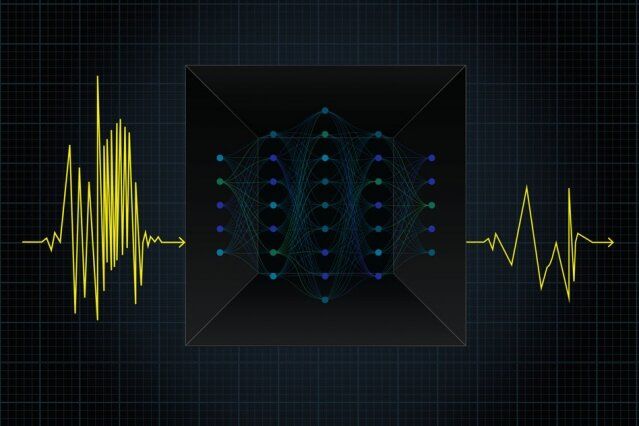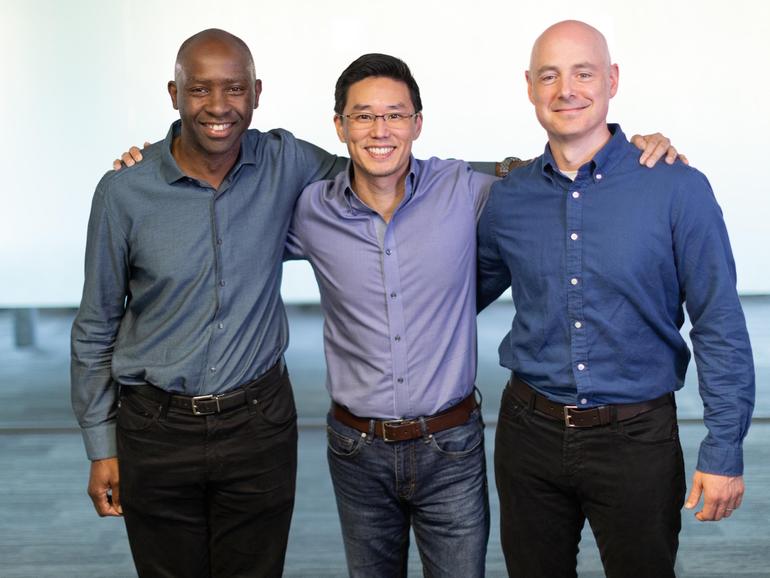Page 7891
Mar 2, 2020
Google says its new chatbot Meena is the best in the world
Posted by Brent Ellman in categories: entertainment, robotics/AI
Google has released a neural-network-powered chatbot called Meena that it claims is better than any other chatbot out there.
Data slurp: Meena was trained on a whopping 341 gigabytes of public social-media chatter—8.5 times as much data as OpenAI’s GPT-2. Google says Meena can talk about pretty much anything, and can even make up (bad) jokes.
Why it matters: Open-ended conversation that covers a wide range of topics is hard, and most chatbots can’t keep up. At some point most say things that make no sense or reveal a lack of basic knowledge about the world. A chatbot that avoids such mistakes will go a long way toward making AIs feel more human, and make characters in video games more lifelike.
Mar 2, 2020
Novel camera calibration algorithm aims at making autonomous vehicles safer
Posted by Omuterema Akhahenda in categories: information science, robotics/AI, transportation
Some forms of autonomous vehicle watch the road ahead using built-in cameras. Ensuring that accurate camera orientation is maintained during driving is, therefore, in some systems key to letting these vehicles out on roads. Now, scientists from Korea have developed what they say is an accurate and efficient camera-orientation estimation method to enable such vehicles to navigate safely across distances.
A fast camera-orientation estimation algorithm that pinpoints vanishing points could make self-driving cars safer.
Continue reading “Novel camera calibration algorithm aims at making autonomous vehicles safer” »
Mar 2, 2020
Several Syrian soldiers killed in Turkish drone strikes, war monitor says
Posted by Prem Vijaywargi in category: drones
Turkish drone strikes in Syria’s Idlib province killed 19 regime soldiers on Sunday, a war monitor reported, as tensions soared between Damascus and Ankara.
Mar 2, 2020
How does the brain put decisions in context? Study finds unexpected brain region at work
Posted by Xavier Rosseel in category: neuroscience
When crossing the street, which way do you first turn your head to check for oncoming traffic? This decision depends on the context of where you are. A pedestrian in the United States looks to the left for cars, but one in the United Kingdom looks right. A group of scientists at Columbia’s Zuckerman Institute has been studying how animals use context when making decisions. And now, their latest research findings have tied this ability to an unexpected brain region in mice: an area called the anterior lateral motor cortex, or ALM, previously thought to primarily guide and plan movement.
This discovery, published today in Neuron, lends new insight into the brain’s remarkable ability to make decisions. Flexible decision making is a critical tool for making sense of our surroundings; it allows us to have different reactions to the same information by taking context into account.
“Context-dependent decision-making is a building block of higher cognitive function in humans,” said neuroscientist Michael Shadlen, MD, PhD, the paper’s co-senior author with Richard Axel, MD. “Observing this process in a motor area of the mouse brain, as we did with today’s study, puts us a step closer to understanding cognitive function at the level of brain cells and circuits.”
The locusts have no king, and yet they all go forth in ranks, noted King Solomon some three thousand years ago. That a multitude of simple creatures could display coherent collective behavior without any leader caused his surprise and amazement, and it has continued to do so for much of our thinking over the following millennia. Caesar’s legions conquered Europe, Napoleon’s armies reached Moscow: We always think of a great commander telling the thoughtless multitudes what to do.
Statistical physics pioneered an opposite view. When a piece of iron is cooled down to a certain temperature (the Curie temperature), the majority of the atoms align their spins, thereby making it magnetic. No atomic general gives any commands; each atom communicates only with its neighbors, and yet there is an overall alignment. It shows us that local microscopic interactions as such can lead to dramatic global behavior, and this realization brought about a revolution in the understanding of swarm behavior.
Some hundred years ago, serious biologists still thought that the coordination of birds in a flock was reached by telepathy, and the synchronized light emission by fireflies in the Asiatic jungle was attributed to faulty observation by the observer. The introduction of physics concepts in biology has to a large extent resolved these puzzles. Flocks of birds are much more like the atoms in iron than they are like the armies of Napoleon, and the fireflies act much like a laser. Collective behavior in the world of living beings is after all not so different from that in the inanimate world.
Mar 2, 2020
This robot taught itself to walk entirely on its own
Posted by Genevieve Klien in category: robotics/AI
Google is teaching robots to navigate without human intervention—a prerequisite to being useful in the real world.
Mar 2, 2020
Machine learning picks out hidden vibrations from earthquake data
Posted by Gerard Bain in category: robotics/AI
Over the last century, scientists have developed methods to map the structures within the Earth’s crust, in order to identify resources such as oil reserves, geothermal sources, and, more recently, reservoirs where excess carbon dioxide could potentially be sequestered. They do so by tracking seismic waves that are produced naturally by earthquakes or artificially via explosives or underwater air guns. The way these waves bounce and scatter through the Earth can give scientists an idea of the type of structures that lie beneath the surface.
Mar 2, 2020
‘It’s not just AI, this is a change in the entire computing industry,’ says SambaNova CEO
Posted by Genevieve Klien in category: robotics/AI
SambaNova, a stealth startup, has received over $450 million to build a complete computing system of hardware and software. Co-founder Rodrigo Liang tells ZDNet the stakes are bigger than the craze for AI, it’s about a multi-decade shift in computing.
